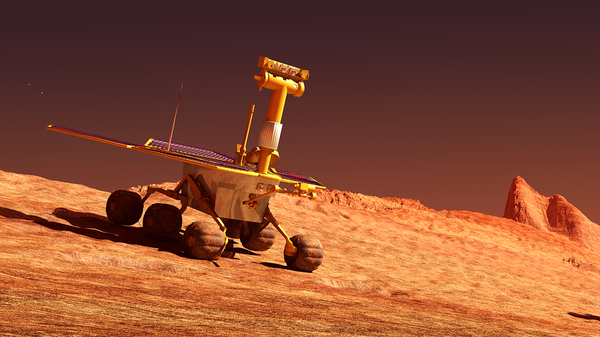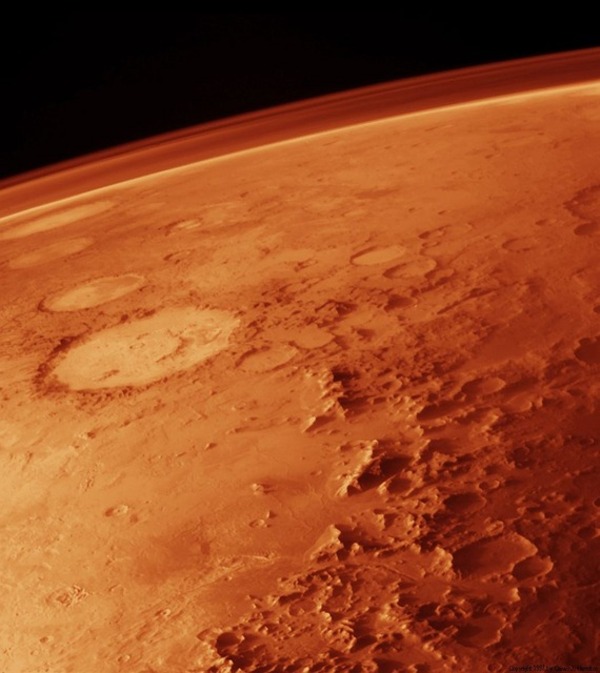The National Aeronautics and Space Administration (NASA) recently announced that its Mars rover, Curiosity, has been determining its own exploration targets for some time. Successfully. It marks a big advance in what Curiosity, tasked with using laser and camera to explore the Red Planet, can do. It’s also a notable example of the capabilities of artificial intelligence (AI) to augment business strategy by enhancing what robots can do.

The rover Curiosity has been exploring Mars since 2012.
Using AI Successfully
To understand the successful AI augmentation of Curiosity, it’s necessary to understand what it was doing before.
For the past five years, the rover has been traveling on the surface of Mars. Its mission is to use a laser to explore the geology of surface features and a camera to take pictures and send them back to earth. The ultimate purpose is to see if Mars was ever capable of supporting life. And indeed, it has found evidence that Mars sported fresh water in lakes and rivers in the past. It also has chemicals necessary for life as it is known on earth.
For the first four of those five years, Curiosity was a robot doing the bidding of humans.

Scientists used AI to enhance the robot’s capability to choose its own exploration targets.
But in May 2016, scientists supplied the rover with AI code that allowed it to determine what targets were worthy of scientific inspection via laser and what images were worthy of capture. The Atlantic terms the code a “leap from automation to autonomy.”
Now that they have a sufficient amount of data, it’s clear that Curiosity has been successful. Its choices have a 93% accuracy rate.
Not that all is flawless in its identification, of course. Curiosity often identifies shadows as part of a geographical feature, for example.
Still, its ability to think for itself and be accurate is a big advance. It enhances the productivity of the space mission, simply because humans cannot be sending instructions 24 hours a day, due to both their own schedules and the planetary orbits of both Mars and Earth.
It’s also notable because the AI and other programming of the robot are occurring where people have not physically been. Robots in a factory, as the Atlantic points out, are placing materials at a point where humans have told them to, but the humans are physically able to measure and inspect those points. In Mars, robots are encountering terrain that humans have not.
The primary implications for business are that robots and their productivity can be enhanced with AI, successfully. The commands NASA gives Curiosity are equivalent to factory floor commands. Curiosity’s ability to determine its own targets presages, perhaps, the smart(er) robots of the future.
Humans are still needed to provide direction, of course, just as they will likely be in the factories of tomorrow. The ultimate goals, objectives, and how to get there are still in human hands.
